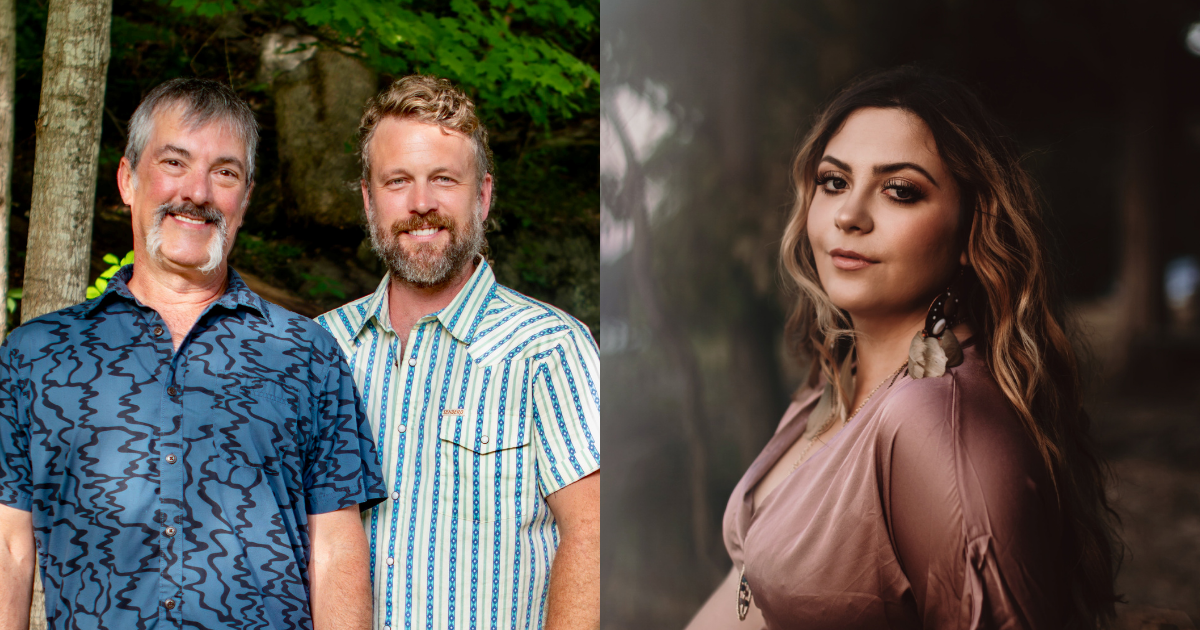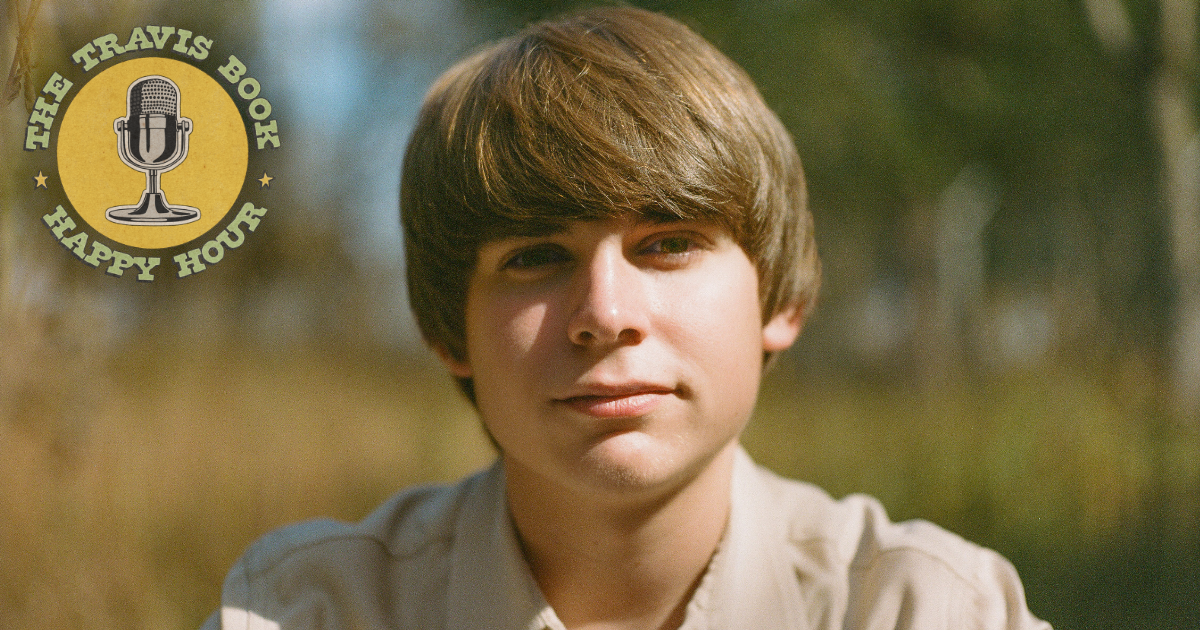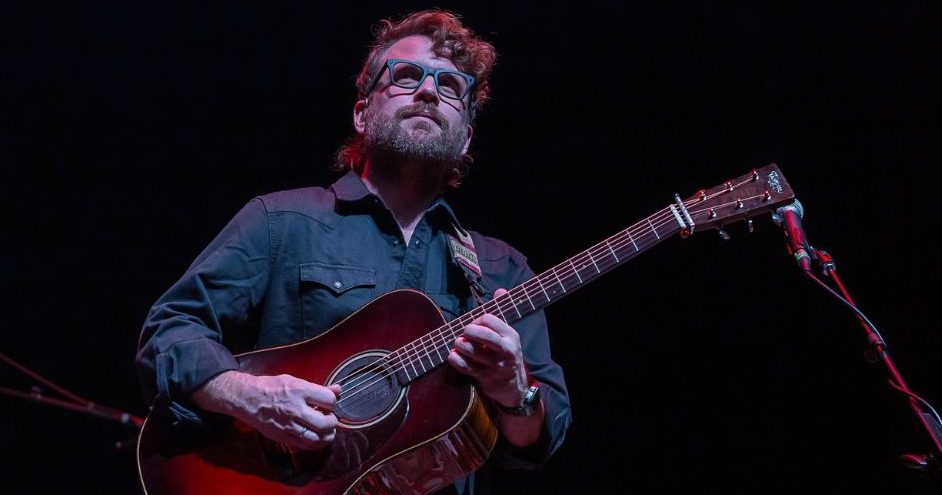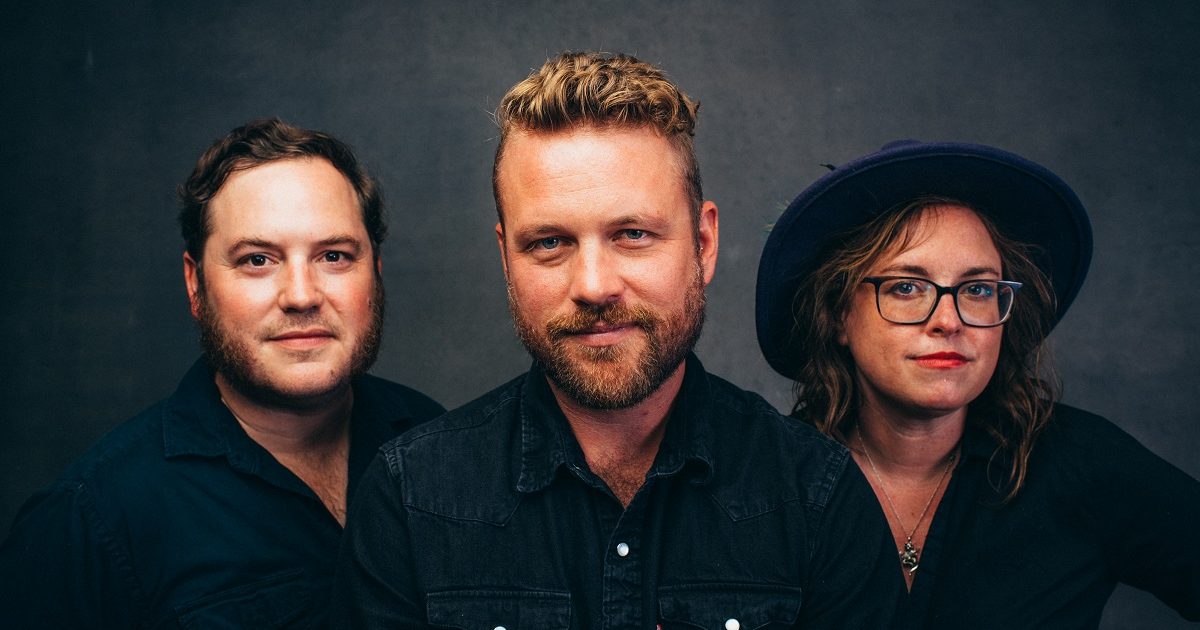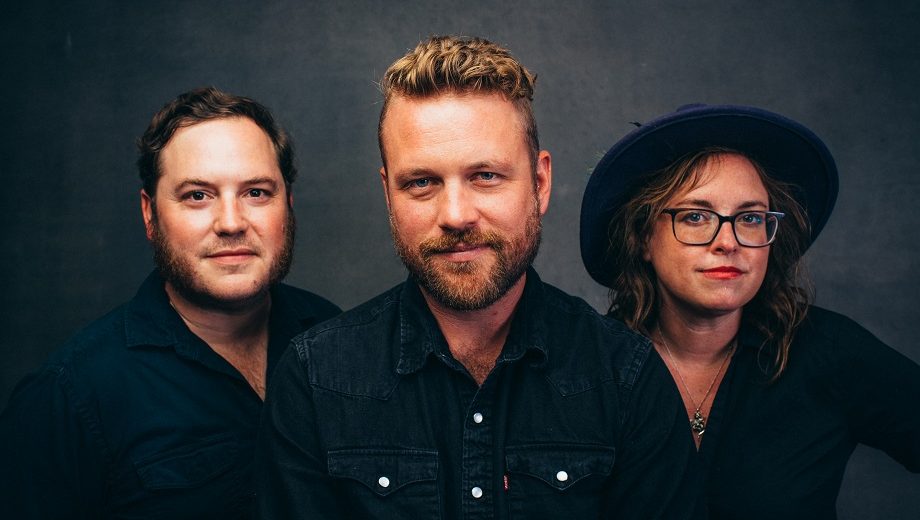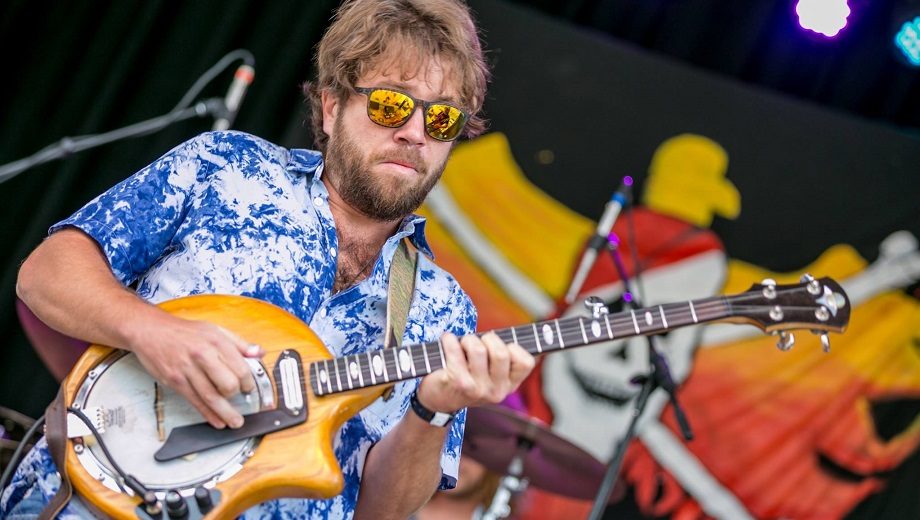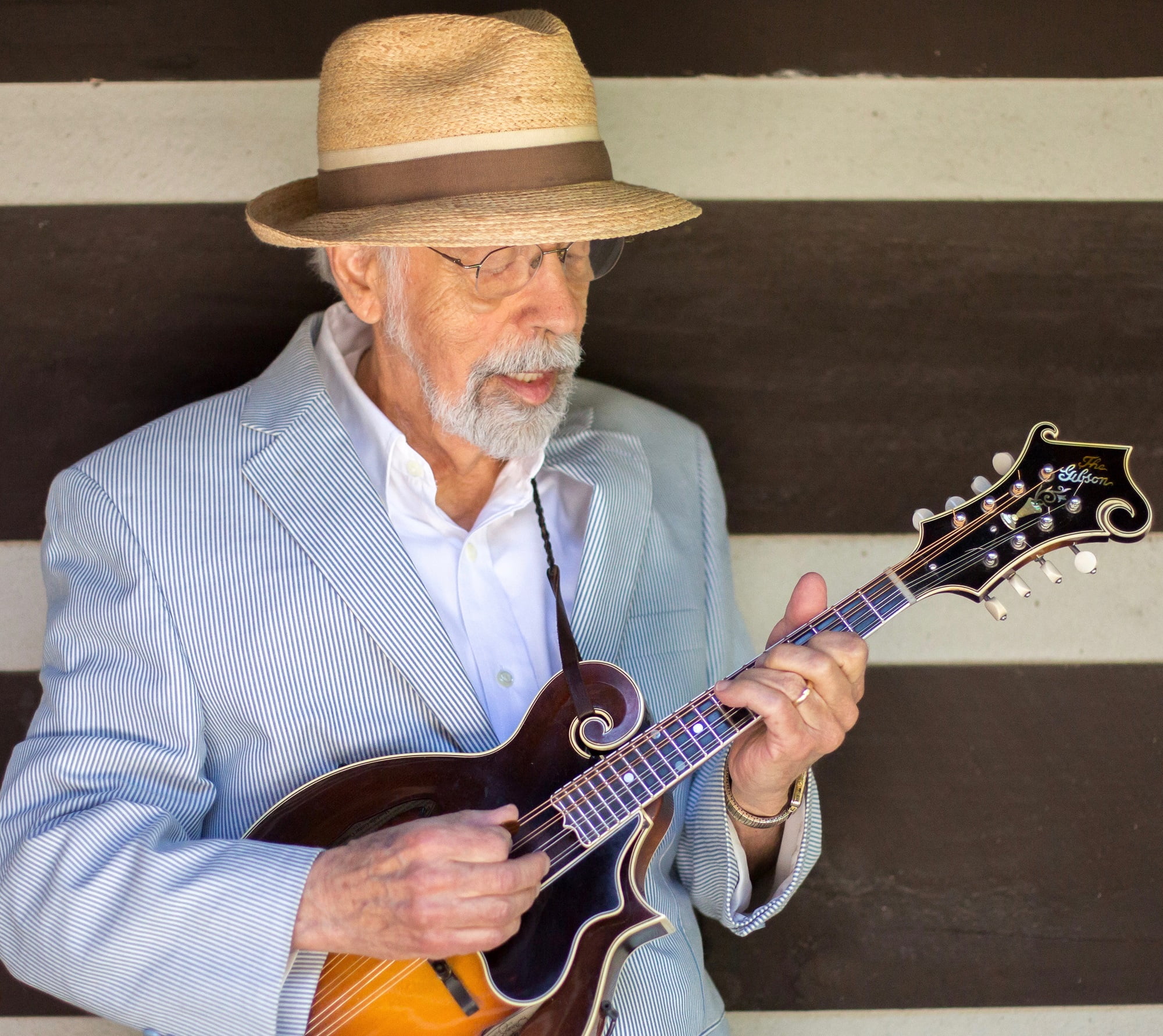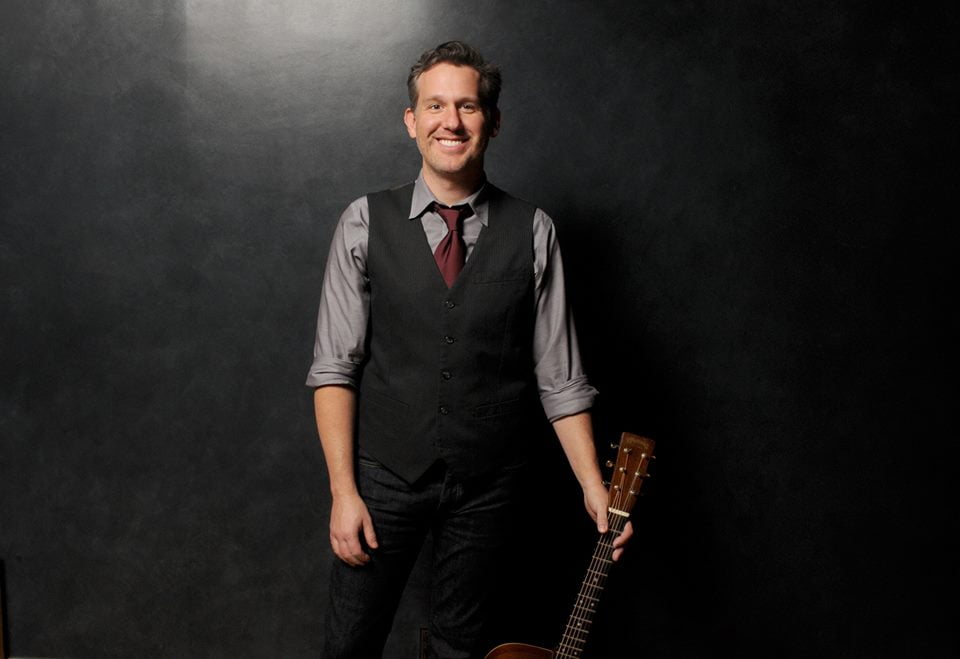Our new music and premiere roundup is ready and waiting for you, ’cause You Gotta Hear This!
Bluegrass gospel group Eighteen Mile from upstate South Carolina have released their very first single, “Above The Clouds” today. Dripping with rich harmony vocals, the track offers encouragement to anyone experiencing doubt, anxiety, and pain. Supergroup neo-folk assemblage Geckøs – featuring Howe Gelb, Mark McCausland (AKA McKowski), and M. Ward – dropped a new single earlier this week, as well. “Lo Hice” started as an instrumental number, but morphed and changed when it reached the group, ending up as one of their favorite tracks on the upcoming album.
Guitar greats Larry Keel and Jon Stickley have joined forces on a new project; their self-titled EP will be available in just a week. To mark the occasion, we’ve got a sneak preview of one of the tracks from that collection, “Take the Air,” featuring just two guitars in an exciting and engaging instrumental dialogue. Singer-songwriter – and Sister Sadie band member – Jaelee Roberts has released her brand new solo album today, sharing its title track below. “Let Me Be Lonely” was written by Kelsi Harrigill (formerly of Flatt Lonesome) and hit country writer Wyatt McCubbin and it showcases Roberts’ love of traditional country sounds.
Don’t miss another country sensation, Gwen Levey, too, who shares a brand new music video for “Lighter,” the title track from her upcoming EP that is another excellent anthem for survivors of systems of violence. Beginning with subdued solo guitar and voice, the song soars into crisp modern country that will certainly have you feeling… lighter.
It’s all right here on BGS and You Gotta Hear This!
Eighteen Mile, “Above The Clouds”
Artist: Eighteen Mile
Hometown: Upstate South Carolina
Song: “Above The Clouds”
Release Date: August 29, 2025
In Their Words: “I wrote ‘Above The Clouds’ during a season when I was wrestling with uncertainty and learning to trust God more deeply. The song became a reminder to myself that no matter what we face – doubt, anxiety, or pain – God is steady and present above it all. I wanted the music to feel hopeful, something that lifts listeners up and reminds them that the sun still shines above every storm.” – Hallie Ritter
“We hope this song is an encouragement to listeners in all areas of life who may be dealing with clouds of doubt, pain, and anxieties. The sun will always shine above the clouds.” – Eighteen Mile
Track Credits:
Hallie Ritter – Upright bass, lead vocal, songwriter
Carson Aaron – Acoustic guitar, mandolin, harmony vocal
Emily Guy – Harmony vocal
Jack Ritter – Acoustic guitar
Savannah Aaron – Fiddle
Andy Leftwich – Mandolin
Geckøs, “Lo Hice”
Artist: Geckøs
Hometown: Tucson, Arizona; Portland, Oregon; and Omagh, Ireland
Song: “Lo Hice”
Album: Geckøs
Release Date: August 26, 2025 (single); September 26, 2025 (album)
Label: Org Music and PIAPTK Records
In Their Words: “‘Lo Hice’ is a song that started off in Ireland as an instrumental track. The bare bones was written specifically with Matt in mind to see if it perked his ears enough to finish it off. He picked it up and breathed brand new life into it. The song came alive with his voice and slide guitar and his Spanish lyrics took it to a whole new world. One of the beautiful things about Geckøs is I’m slowly learning how to speak the Spanish tongue, or at least I know how to say things like, ‘It’s fucking hot outside.’ We finished the song together in Bristol with John Parish driving the ship, and the puzzle was complete. It’s become one of my favourite tracks on the album. Definitely in the top eleven.” – Mark McCausland (AKA McKowski)
Larry Keel and Jon Stickley, “Take the Air”
Artist: Larry Keel and Jon Stickley
Hometown: Lexington, Virignia (Larry); Asheville, North Carolina (Jon)
Song: “Take the Air”
Album: Larry Keel and Jon Stickley (EP)
Release Date: September 5, 2025
In Their Words: “‘Take the Air’ is one of those musical ideas that came to me like a gift. It’s based on a happy riff that I would play every time I picked up my guitar during the height of COVID lockdown. It was such a time of stress and anxiety, yet I also experienced so much connection with the world around me. When life slowed down, the planes stopped flying overhead, and the wheels of the world stopped turning, suddenly everything in the natural world felt so much more alive. I posted a short video of myself playing it one day and got a text from Larry shortly after saying, ‘Hey man, let’s do some duo shows someday.’ It took about four years, but we’re finally making it happen. The arrangement of this tune purposely leaves some space to take a breath. I hope listeners find it as uplifting as I do.” – Jon Stickley
Track Credits:
Larry Keel – 2008 Andrew White handcrafted parlor style guitar
Jon Stickley – Preston Thompson D-EIA acoustic guitar
Gwen Levey, “Lighter”
Artist: Gwen Levey and The Breakdown
Hometown: Nashville, Tennessee
Song: “Lighter”
Album: LIGHTER
Release Date: August 29, 2025 (single); October 24, 2025 (EP)
Label: GAL Productions
In Their Words: “If my previous EP, Not The Girl Next Door, was about all of the toxicity I was experiencing the first few decades of my life, ‘Lighter’ is about shedding all that sh*t and stepping into my healing era. The EP represents the light I’ve been able to find to carry me through some very dark days. The two-and-a-half minute song is an upbeat anthem as a survivor of not only an eating disorder, but of overcoming abuse and life’s tribulations, and my hope in writing it is that other survivors will also feel empowered.
“Being a survivor has given me the voice I have today. I co-founded Rise Above Justice Movement, a coalition of survivors impacted by systems of violence. The theme song for RAJM is ‘Barefoot & Pregnant,’ my viral pro-choice country anthem that has amassed over 20 million views, won several awards, and will premiere on PBS this summer. To this day, RAJM has several notable followers, including Rosie O’Donnell, the founder of the MeToo movement Tarana Burke, Alanis Morissette, and many others. ‘Lighter’ will be another anthem for our survivor movement.” – Gwen Levey
Jaelee Roberts, “Let Me Be Lonely”
Artist: Jaelee Roberts
Hometown: Nashville, Tennessee
Song: “Let Me Be Lonely”
Album: Let Me Be Lonely
Release Date: August 29, 2025
In Their Words: “‘Let Me Be Lonely’ is one of my favorite songs on the album for sure! I am such a huge lover of classic/traditional country music and there isn’t a day that goes by that I don’t listen to it. I am beyond excited that I got to record a song that allowed me to give a nod to that sound. My friend and mentor, Kelsi Harrigill, sent me the demo of ‘Let Me Be Lonely’ that she wrote with hit country songwriter Wyatt McCubbin, and I knew before I’d even gotten halfway through the first listen that I absolutely had to put it on my album. As I’ve mentioned several times, I love sad songs with my whole heart, and this song has all the ingredients that make the perfect sad country song – lyrically and melodically. Kelsi and Wyatt joined me on this recording singing harmony vocals, which just topped it off for me. There is steel and fiddle on this track (which are my favorite instruments), and I sure hope that y’all enjoy my little tip of the hat to the trad country music that I love so much!” – Jaelee Roberts
Track Credits:
Jaelee Roberts – Lead vocal
Kelsi Harrigill – Harmony vocal
Wyatt McCubbin – Harmony vocal
Byron House – Bass
Cody Kilby – Guitar
Andy Leftwich – Mandolin
Ron Block – Guitar
Stuart Duncan – Fiddle
Russ Pahl – Steel guitar
John Gardner – Percussion
Photo Credit: Larry Keel and Jon Stickley by Lexi Simcic; Gwen Levey by Meaghan Campbell.
